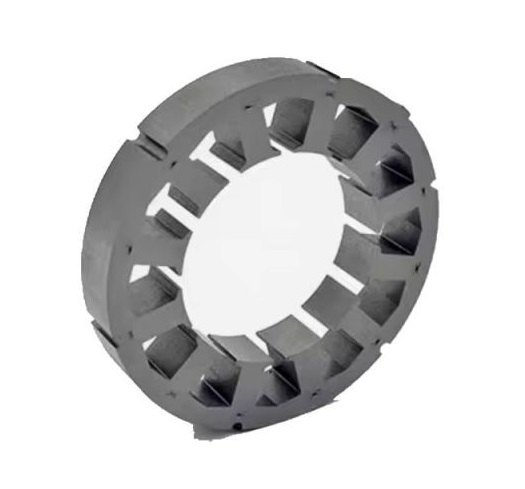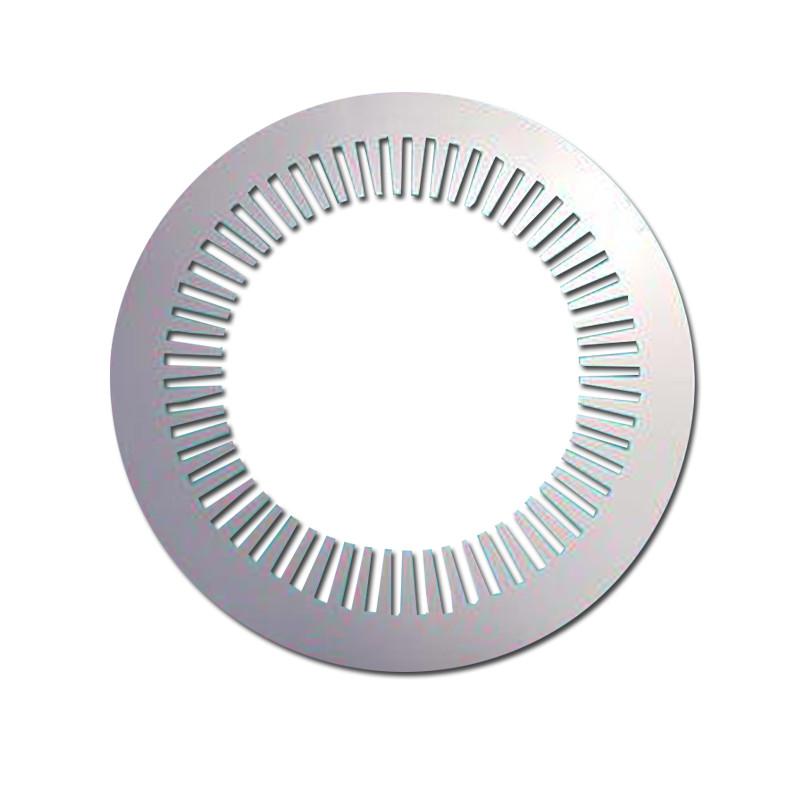The stator core plays a crucial role in enhancing motor efficiency. As an essential component of an electric motor, the stator core provides structural support and helps to optimize the magnetic field within the motor. By understanding the significance of the stator core, we can appreciate how it contributes to improving the overall efficiency of the motor.
Understanding the Stator Core
What is a Stator Core?
The stator core is the stationary part of an electric motor, which houses the windings that generate the electromagnetic field necessary for rotation. It consists of multiple layers of thin steel sheets known as laminations, which are stacked together to form a ring-like structure. This design is crucial for minimizing energy losses and optimizing the motor's overall efficiency.
Construction and Materials
Stator cores are typically made from electrical steel or silicon steel, which are chosen for their magnetic properties. The laminations are coated with insulating material to prevent electrical losses caused by eddy currents. The thickness of these laminations usually ranges from 0.004 inches to 0.025 inches, allowing for effective management of magnetic flux and heat.

Mechanisms Enhancing Efficiency
1. Minimizing Eddy Currents
Eddy currents are loops of electrical current that can form within conductive materials when subjected to changing magnetic fields. These currents generate heat and lead to energy losses, reducing motor efficiency. Stator laminations help minimize eddy currents by:
Using Thin Sheets: The thin layers of steel reduce the path available for eddy currents to circulate, thereby limiting their magnitude.
Insulating Coatings: Each lamination is coated with an insulating material that further prevents electrical conduction between layers, effectively isolating them.
By reducing eddy current losses, the stator core maintains higher efficiency and consistent power output in electric motors.
2. Reducing Hysteresis Loss
Hysteresis loss occurs due to the lag between magnetization and demagnetization cycles within the stator core material. This energy loss manifests as heat during each cycle, contributing to inefficiency. Laminated cores help mitigate hysteresis loss by:
Providing Smooth Surfaces: The smooth surfaces of laminated sheets facilitate easier magnetization and demagnetization processes.
Minimizing Magnetic Loops: Smaller magnetic loops formed by laminations reduce energy waste during these cycles.
By addressing hysteresis loss, stator cores enhance overall energy efficiency.
3. Managing Heat Flow
Effective heat management is crucial for maintaining motor performance and longevity. Overheating can lead to damage and reduced operational efficiency. Stator laminations contribute to better heat management through:
Increased Surface Area: Laminated designs increase the surface area-to-volume ratio, enhancing heat dissipation.
Cooling Mechanisms: The laminated structure allows for better airflow and cooling options, such as fans or liquid cooling systems.
These features help maintain optimal operating temperatures within electric motors.

Benefits of Laminated Stator Cores
1. Enhanced Performance
The primary benefit of using laminated stator cores is improved performance. By minimizing energy losses associated with eddy currents and hysteresis, these cores allow motors to operate more efficiently.
2. Increased Durability
Laminated cores provide structural integrity while being resistant to thermal expansion and damage caused by overheating. This durability contributes to longer motor life cycles and reduced maintenance costs.
3. Cost-Effectiveness
Although laminated cores may involve higher initial manufacturing costs due to precise cutting and stacking processes, they ultimately lead to lower operational costs through increased efficiency and reduced energy consumption over time.

Conclusion
The role of the stator core in enhancing motor efficiency cannot be overstated. Through its construction using laminated sheets, it minimizes eddy currents and hysteresis losses while effectively managing heat flow within electric motors. As innovations continue to emerge in materials and design techniques, manufacturers can expect improved performance and sustainability in electric motor applications.
The Role of Stator Core in Enhancing Efficiency and Performance of Electric Motors


